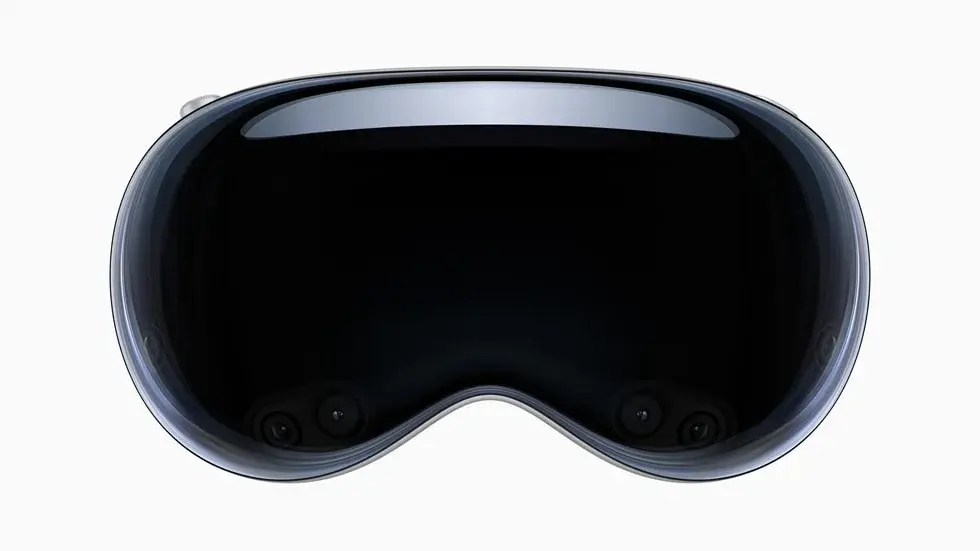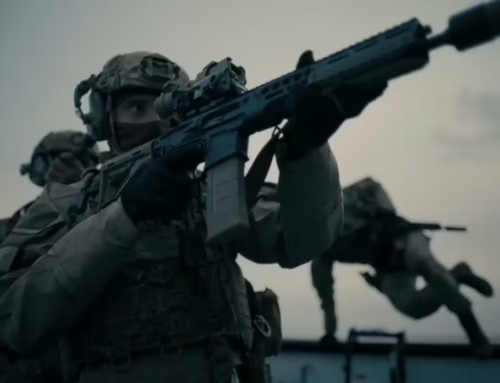The Apple Vision Pro emerged as a virtual and augmented reality technology breakthrough. Its high-end features and functionalities present intriguing possibilities for military training. Here, we assess technologies for their technical prowess and practical application in rigorous and realistic training environments.
Advanced Tracking Capabilities: The Vision Pro’s state-of-the-art eye and hand-tracking interface is a game-changer. In military simulations, the precision of movements and the ability to interact intuitively with the virtual environment are crucial. This technology could enhance the realism of combat scenarios, allowing soldiers to practice essential skills like target acquisition and threat assessment in a controlled, highly realistic setting.
3D Visualization and AR Applications: The headset’s ability to deliver high-quality 3D visualisation is remarkable. This feature could be instrumental in creating immersive environments that closely mimic real-world operational theatres. Soldiers could be exposed to various terrains and scenarios, improving their adaptability and situational awareness. Furthermore, the impressive AR capabilities could blend virtual and physical elements, offering hybrid training environments where soldiers can interact with real and virtual components, enhancing training realism.
Mac Compatibility and Multitasking: The seamless integration with MacBooks suggests potential ease of integrating this technology into existing military IT infrastructure. The multitasking capabilities, powered by the M2 chip, could allow for complex training scenarios involving multiple applications or simulations running simultaneously, providing a comprehensive training platform.
Limitations and Considerations: However, several factors need careful consideration:
- Cost-Effectiveness: The high cost of the Vision Pro is a significant factor. Military budgets, especially for training, require cost-effective solutions that can be deployed at scale. The initial investment and the cost of integrating this technology into existing training programs need to be justified by the value it adds.
- Content Availability: The absence of specific vital applications raises questions about the versatility and range of training content that can be developed or adapted for this platform. The ability to create or source diverse and relevant military training content is crucial.
- Practicality in Training Environments: The tethered battery design could potentially limit mobility, a critical aspect of military training. Also, the weight and comfort of the headset during prolonged use are essential factors, considering the duration and intensity of military training sessions.
- Technological Maturity: Early performance bugs and the need for further development in specific areas like digital personas suggest that the technology might be more suited for early adopters and experimental applications rather than full-scale deployment in rigorous military training programs.
Conclusion: The Apple Vision Pro undeniably pushes the boundaries of what’s possible in VR/AR technology. Its advanced features have the potential to revolutionise military training, offering unprecedented levels of realism and interactivity. However, its adoption in military settings hinges on addressing its current limitations and proving its cost-effectiveness and practicality in diverse training scenarios. As technology matures and evolves, it could significantly shape future military training methodologies.






